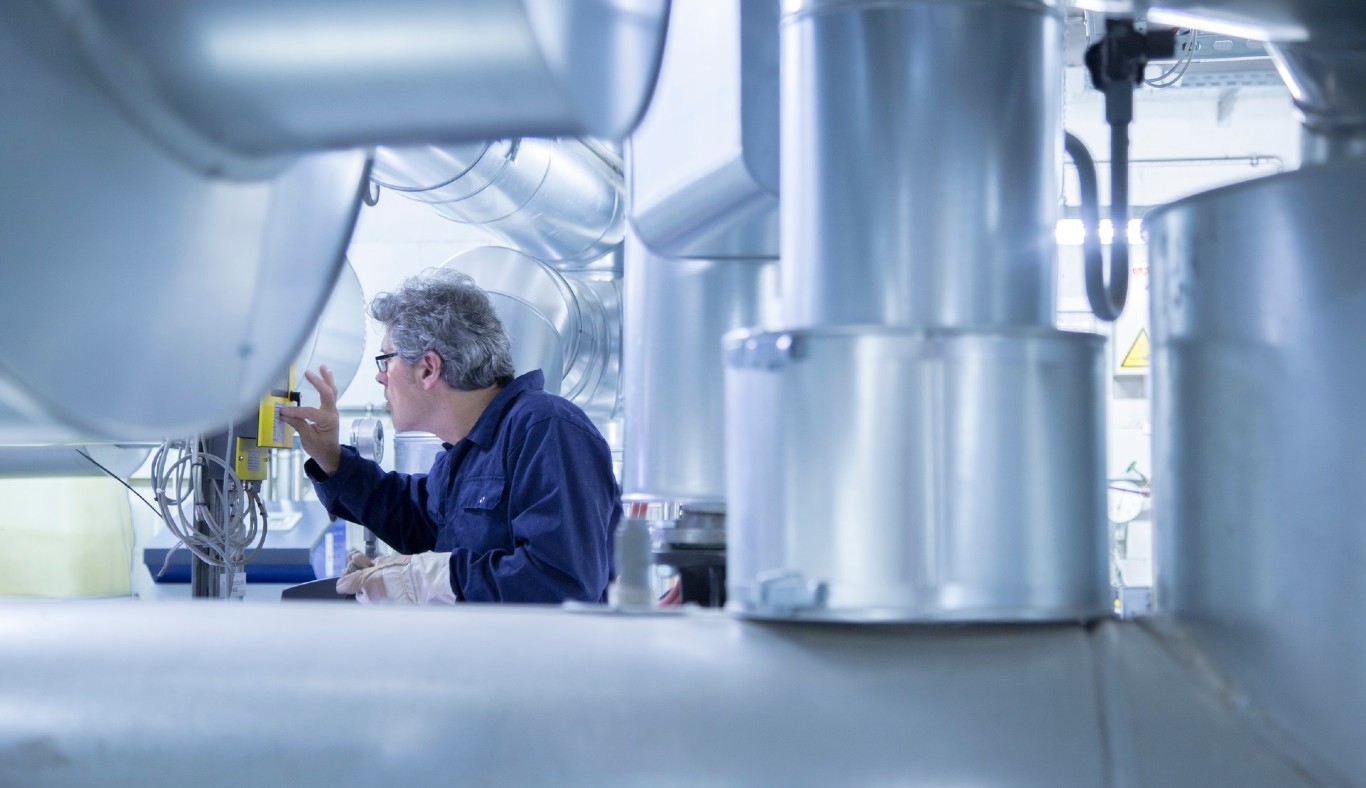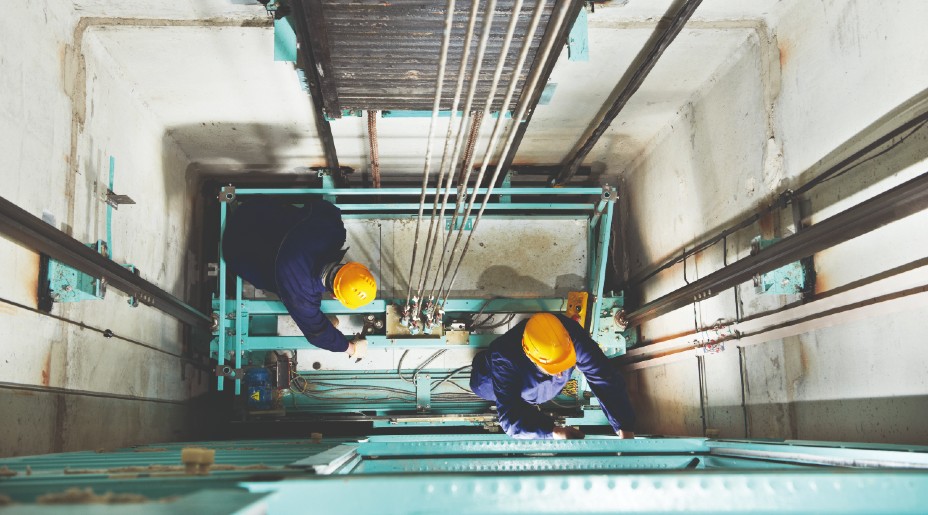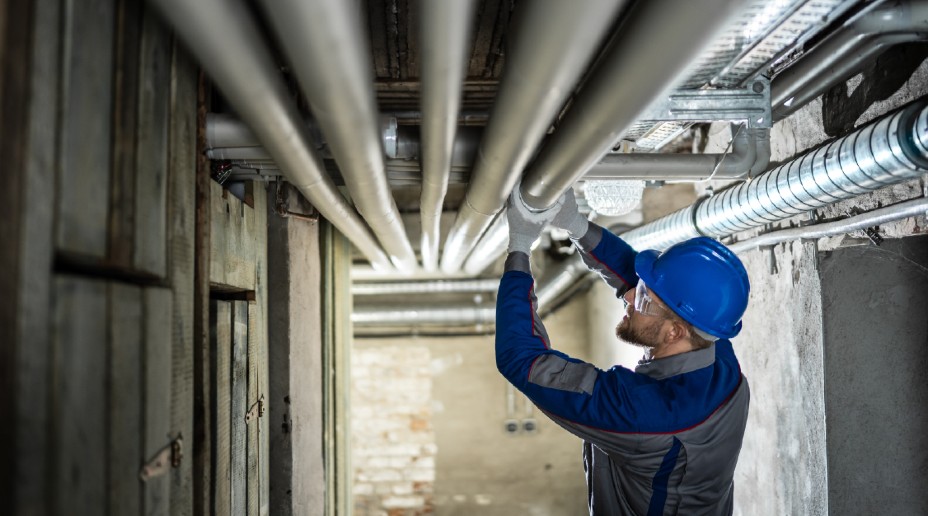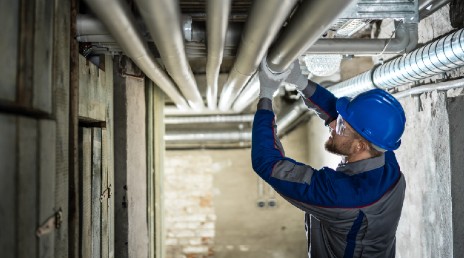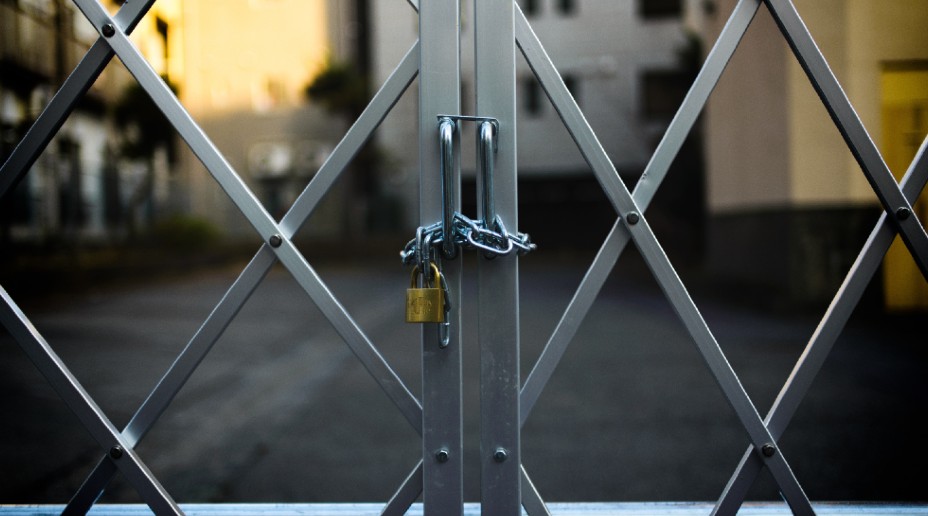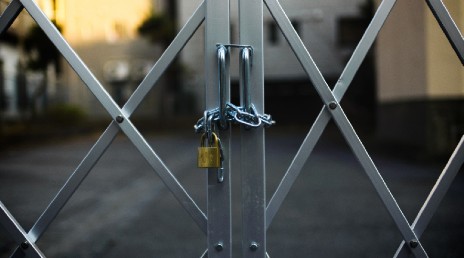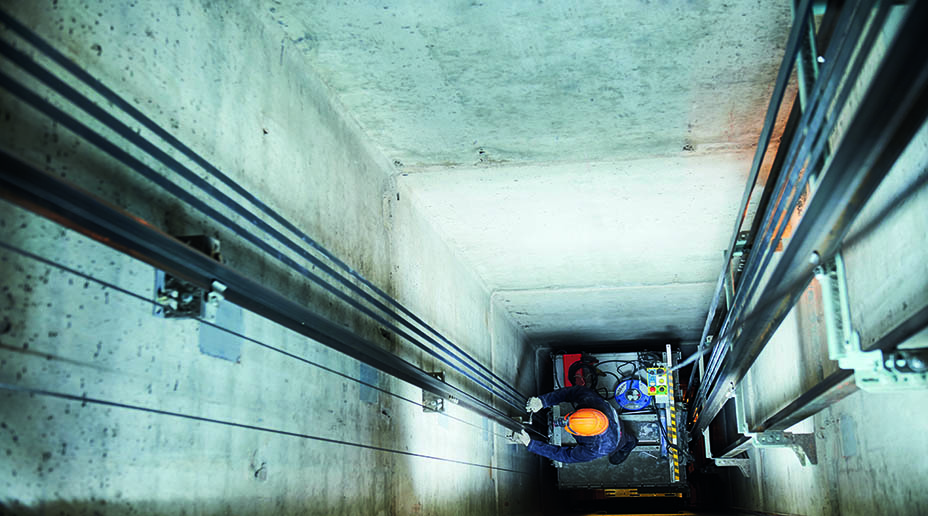Any company which owns plant and machinery has both a legal and moral duty to keep it in suitable condition for its ongoing use.
Engineering inspection is specifically undertaken to identify any faults and defects in machinery before they present an unacceptable risk. It must be carried out by a ‘competent person’ – that is someone who possesses the relevant practical and theoretical knowledge, plus requisite training and qualifications to do so. If the inspection reveals a serious defect, the user/owner may be required to take the equipment out of action until it has been fixed.
Maintenance is remedial or preventive action taken to correct any problems (which may have been identified during an inspection) in order to ensure that the machinery is in safe and full working order. This is usually and best undertaken by someone other than the individual who carries out inspection duties. Any engineer surveyor carrying out inspection activities does so on an entirely objective and impartial basis; having someone else undertake the maintenance avoids any conflict of interest when it comes to the cost of fixing and restoring equipment.
